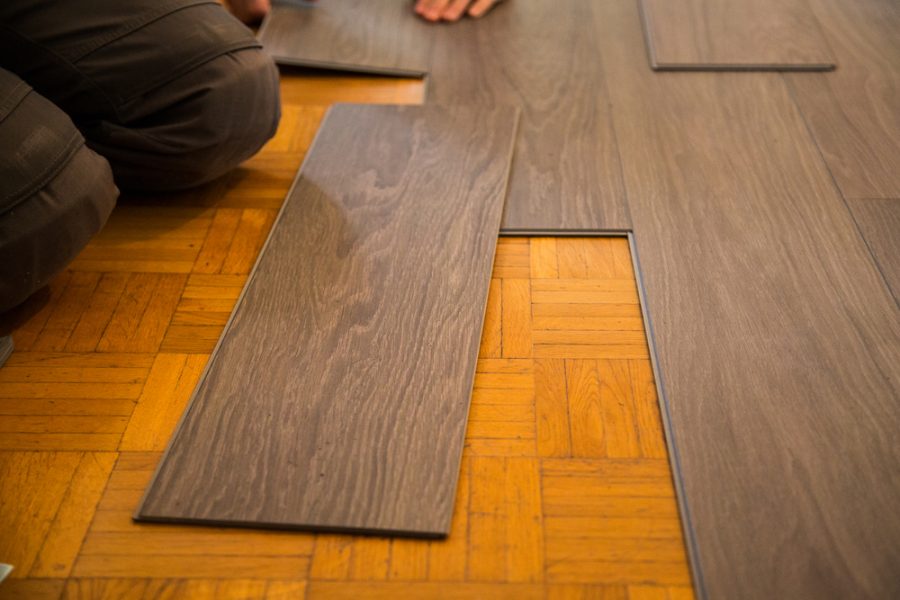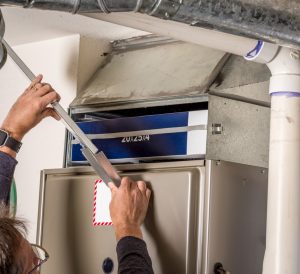Wood flooring is as popular today as it has ever been, but there are also more options. Some are more durable; some, more water-resistant and others can be refinished indefinitely. If you have been considering wood or wood look flooring for your home, the guide below can help you understand the differences.
Laminate
Wood-look laminate floors were the first big alternative to hardwood and probably the lower end of what is available now. Multiple layers of fiberboard are pressed – or laminated – together with a photograph of actual wood grain being the top layer. A protective wear layer seals the whole segment together, making this type of flooring able to withstand the wear and tear of children, dogs and moderate traffic. The better grades are waterproof to an extent. As with any of these floors calling the handyman Binghamton relies on will yield the best results.
Luxury Vinyl Planks
This durable option is a relatively new step up from laminate in that it is a solid piece rather than being glued layers and is entirely water resistant, so even standing water is not a problem for the product itself, although if it seeps through the joints, the subfloor may be compromised, although it features a secure and nearly watertight joinery system. Luxury vinyl planks are beveled slightly at the edge and have some textural variations that resemble the grain of solid wood.
Engineered Hardwood
Engineered hardwood is constructed like plywood. Thin layers of a lesser grade of wood are laminated together and a thin veneer of genuine wood is laminated on the surface. It can be finished exactly the same as solid hardwood and can even be refinished, but a more limited number of times. This product is a hybrid between laminate and hardwood, as it resists some of the shrinking and swelling of solid wood, but gives the same warm finish.
Solid Hardwood
Natural wood planks are generally the most expensive option and can be found in virtually any type of wood from pine to bamboo. You can buy them finished or unfinished so they can be stained to match any color, and can be refinished if they become damaged by pets or furniture. Because they are real wood, they will react to temperature and humidity and may shrink or swell accordingly. They are generally fit with a tongue and groove installation.
As you can see, there are pros and cons to each type according to your use and budget. No matter which you choose, they can all provide the warm and welcoming glow of wood throughout your home.




you are covering REAL WOOD with plastic
totalz sick